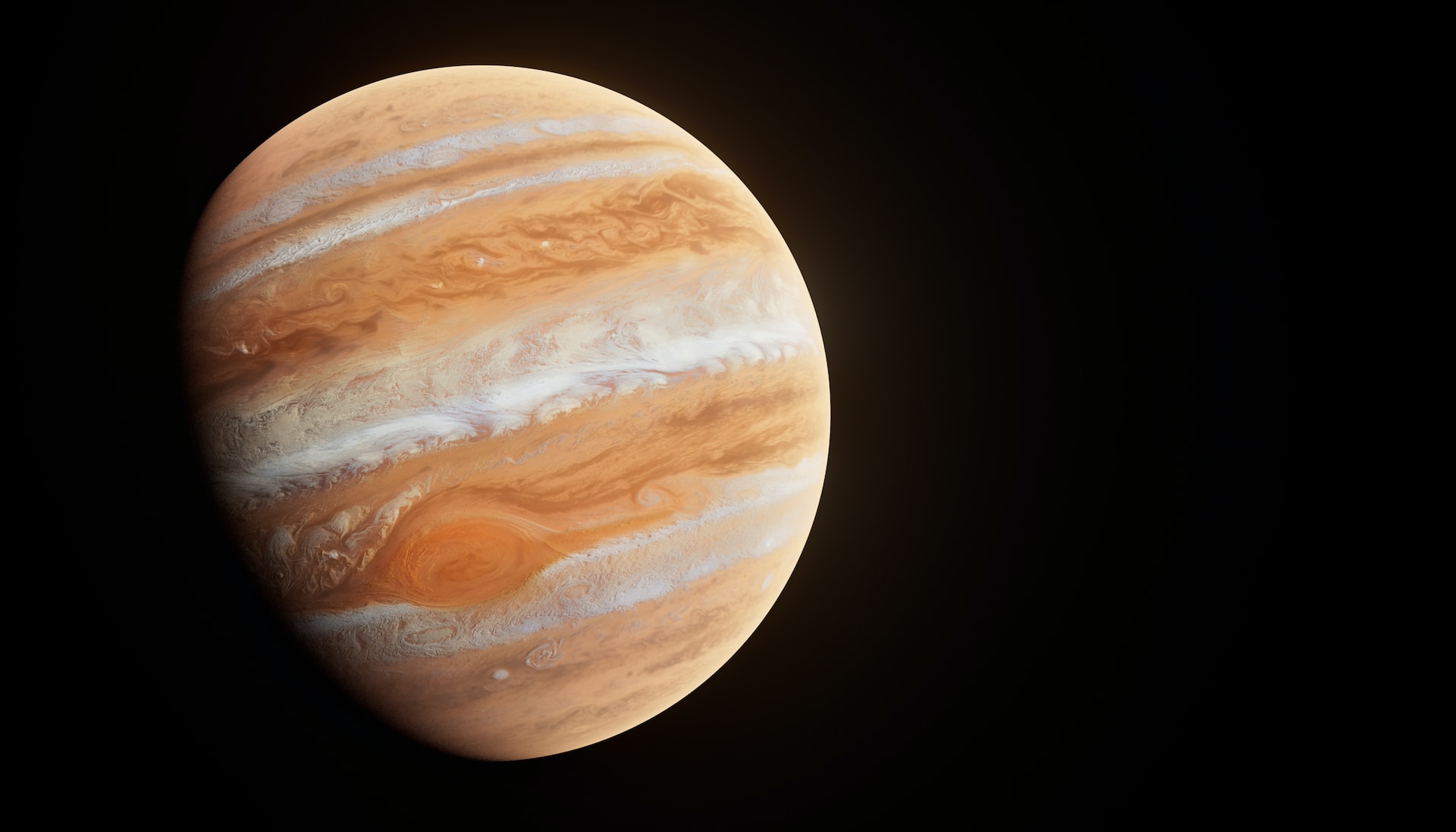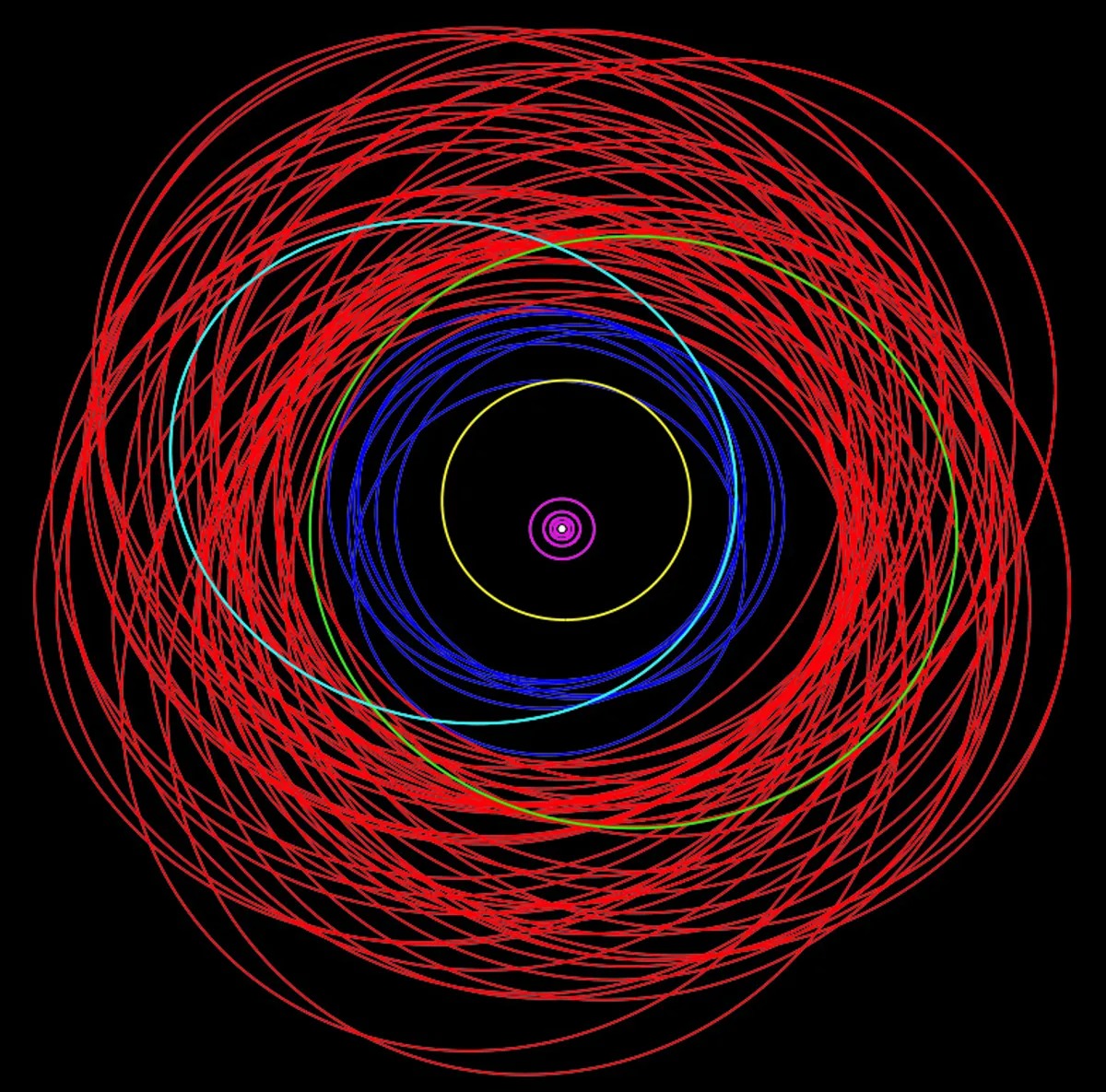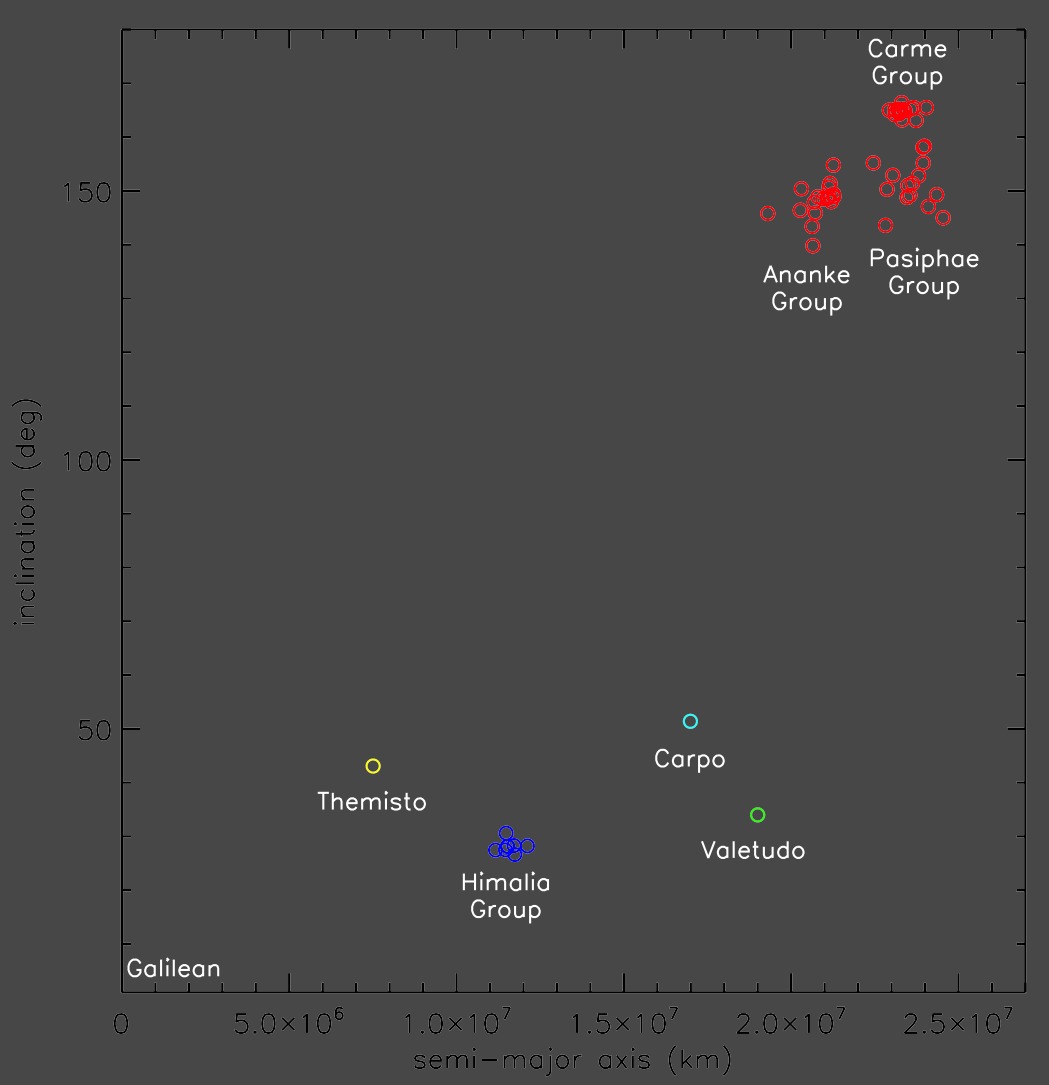Jupiter is the “king” of the planets of the Solar system. It is the largest, the most massive, has the largest vortices, a powerful magnetic field and holds dozens of moons in its gravitational captivity. It seems to be enough, but it looks like Jupiter has broken its own record for the number of moons. Scientists have discovered 12 more small moons, bringing their total number to a whopping 92.

Astronomer Scott Sheppard of the Carnegie Institution of Science in Washington, DC, reported on the results of his observations over the past two years, which resulted in the discovery of a dozen new moons. In recent weeks, the Minor Planet Center (MPC) of the International Astronomical Union has published a report on the orbits of new unnamed moons, thereby officially confirming their existence.
Jupiter takes the lead from Saturn in the number of moons. The competing ring gas giant has only 83 known moons. According to Sky and Telescope, all the open moons are too small to give them names. These minimoons are considered to be the remnants of much larger moons that collapsed millions of years ago as a result of a collision with an unknown object.

Of the dozen new moons, nine orbit Jupiter retrograde, meaning they move around the planet in the opposite direction to the inner moons. Due to the large distance from the planet, these objects take at least 340 to 550 days to complete one orbit.

The other three moons lie between the large close moons of Galileo and distant retrograde objects. Two of them are located in the Himalia group, which orbits Jupiter at a distance of 11 to 12 million kilometers, and the other belongs to the Karpo group, located about 17 million kilometers from Jupiter.
It is quite possible that the total number of Jupiter’s cosmic followers is even greater. The discovery of new small objects is difficult due to glare from a huge planet. Perhaps in the future, astronomers will be able to discover even more moons when they receive more advanced instruments for observing the surroundings of the gas giant.
We recommend checking yourself in an interactive test — What do you know about the moons of Jupiter?
According to iflScience
Follow us on Twitter to get the most interesting space news in time
https://twitter.com/ust_magazine

